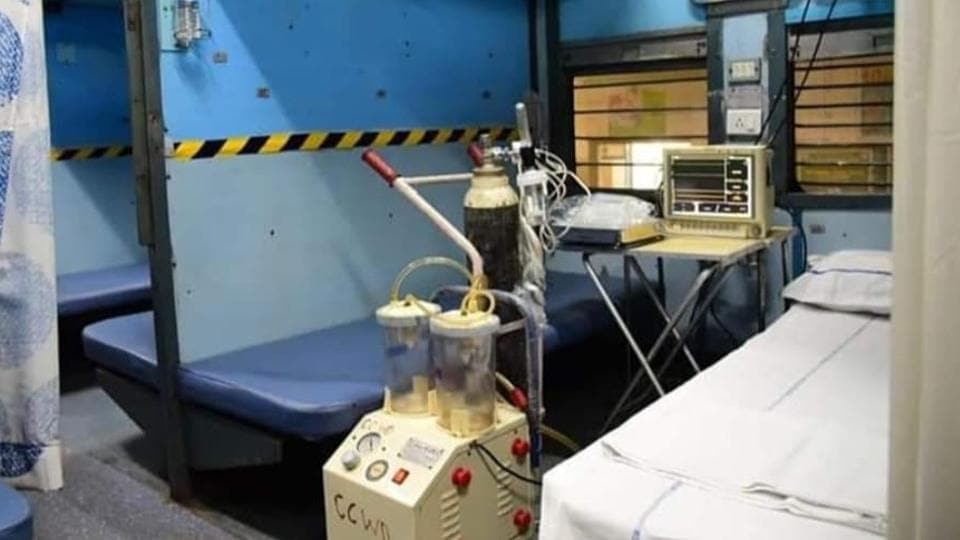prasad1
Active member

The day India observed Janta curfew to prevent the coronavirus disease from taking hold, Prime Minister Narendra Modi asked Railways Minister Piyush Goyal to think about how India could use the railways to not just treat patients but also get them to speciality hospitals. This was on March 22. The lockdown came 2 days later. PM Modi had been thinking five steps ahead.
His key concern at this discussion was how to contain the Covid-19 spread in case the virus spread to rural communities with hardly any serious hospital infrastructure to treat respiratory distress.
This was long before tens of thousands of migrant workers in Delhi and other cities of the country violated the national lockdown to head back home, sparking fears that they might end up spreading the unsparing Sars-CoV-2 pathogen into rural communities.
PM Modi had figured it was inevitable that there would always be people who, despite the government’s best efforts, would not adhere to the lockdown. And the government should be prepared.
It was at this discussion that the idea of turning railway coaches into isolation wards crystallised.
These coaches, or mobile isolation wards, could be used to reach most parts of the country in case of a spurt of patients from any particular pocket. The railways has over 7,300 stations across the 700-plus districts in the country. That also means that a railway station would, on average, be closer than a locality’s district headquarters. “That is the reach of the railways that this idea seeks to leverage,” a top railways ministry official said.
The prototype of the railway isolation ward was ready in just a few days. It was innovative and easy to implement.
Each carriage could hold 16 beds with some basic modifications. In phase one, the 16 zonal railways have started converting 5,000 coaches with 80,000 beds across the country. Like the Southern Railways that has been told to convert 573 coaches.
In all, a total of 20,000 such coaches with 3.2 lakh beds have been identified for conversion, should the need arise.
The government has also been also using the railways to carry trucks as an expansion of the existing Roll On-Roll Off (RO-RO) services to reach essential communities to remote areas.

How PM Modi turned railway coaches into Covid-19 isolation wards
Coronavirus in India: PM Modi’s key concern at this discussion was how to contain the Covid-19 spread in case the virus spread to rural communities with hardly any serious hospital infrastructure to treat respiratory distress.
